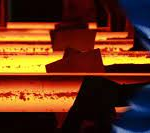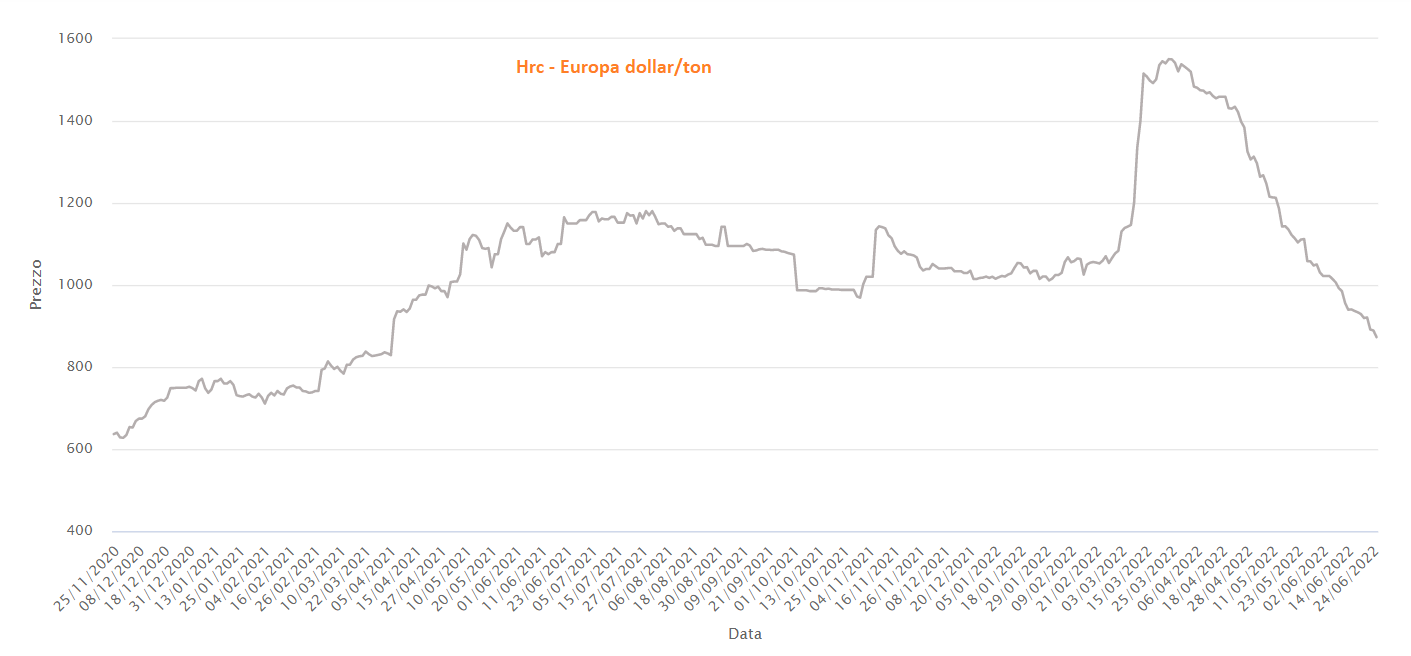 The European Commission has released final plans to introduce global quotas for certain products and to maintain safeguard measures for steel until 2024.
The European Commission has released final plans to introduce global quotas for certain products and to maintain safeguard measures for steel until 2024.
After the annual review of the safeguard measures, the EC sent a draft proposal to the WTO on 30 May, stating that it would introduce global quotas for certain products and extend the safeguard measures on steel until 2024.
The volumes of the annual import quotas have been increased to 4% from 3%; all final measures will enter into force on 1 July after the traditional annual safeguard review cycle.
For product categories 7, which includes plates for trains, and 17, which includes angles, shapes and sections, the EC decided to replace country-specific quotas with global quotas to increase users’ flexibility in importing the steel needed from any source to counter the loss of supply from Ukraine.
Ukraine historically accounts for about 33% of the total import volume of each category, but after Russia’s invasion of Ukraine, the EC stated that there were virtually no imports of these two categories from Ukraine into the EU, suggesting that “Ukraine is currently unable to produce and/or export these product categories in significant volumes to the EU market”. This posed the risk of a potential supply shortage for EU users in these categories if no action was taken.
The EC stated that the adjustment would be reassessed if there were changes in the trade flows of the two categories or if undue exclusionary effects were identified.
On 24 May, the EU adopted a regulation allowing temporary trade liberalisation for certain Ukrainian products in the wake of the ongoing war, which stopped the application of the steel safeguard measure for the time being.
The EC updated the list of developing countries and added Vietnam to the quotas of other countries.
It stated that all developing countries were included in Category 4A, or hot-dip galvanised steel import quotas, because the sum of all imports in 2021 of less than 3 per cent was more than 9 per cent.
Egypt, Ukraine and Vietnam were added to Category 1 (hot-rolled flat products), while China was included in Category 2 (cold-rolled flat products) and Brazil and Vietnam were excluded from Category 2. Turkey was added and Egypt excluded from category 2.
Turkey was added and Egypt excluded from category 8 (hot-rolled stainless flat products), while China was added to category 9 (cold-rolled stainless flat products) and Malaysia and Thailand were excluded.
Among other changes, Moldova was added to category 12 (merchant bars and light sections), the United Arab Emirates to category 16 (alloy wire rod) and Brazil to category 6 (tin mill products).
The EC also concluded that the recent changes to Section 232 of the US import tariff of 25%, converted into a tariff quota for the EU, do not affect the functioning of the EU steel safeguard and do not change the basis of its trade diversion risk assessment.
In March 2018, the US imposed a 25% duty on imports of certain steel products under the US Section 232 measure.
In early June, the European Steel Federation Eurofer welcomed the EU Member States’ adoption of the European Commission’s proposal to maintain safeguard measures on steel, stating that it supports the stability of the EU steel market and ensures regular supply flows.
HRC prices have fallen in Europe since the second half of March due to weak demand. Daily assessments for HRC in northern Europe fell to EUR872/mt ex-works on 24 June, down 43% from the March 2022 highs.
.gif) Loading
Loading


